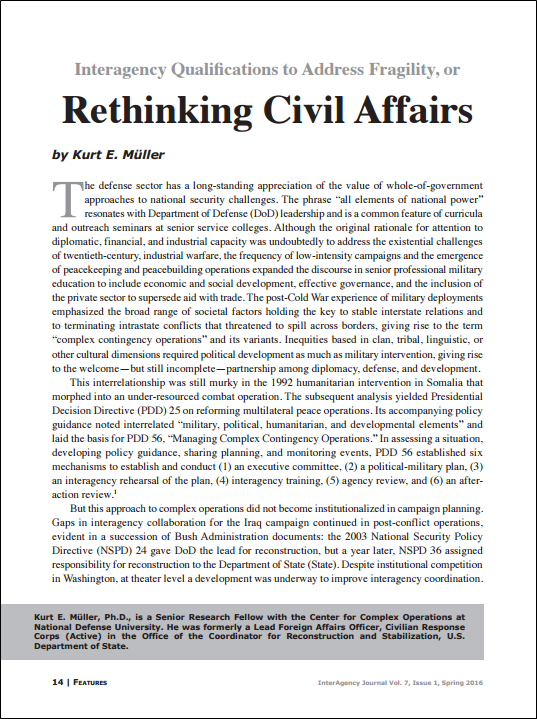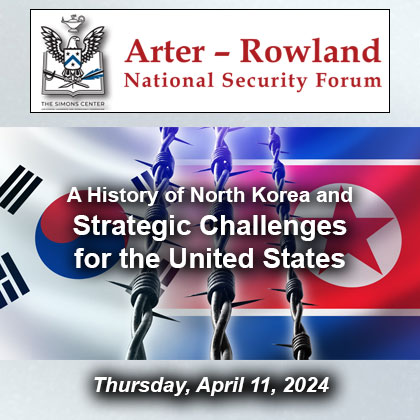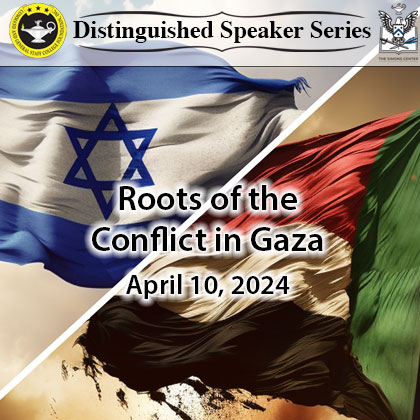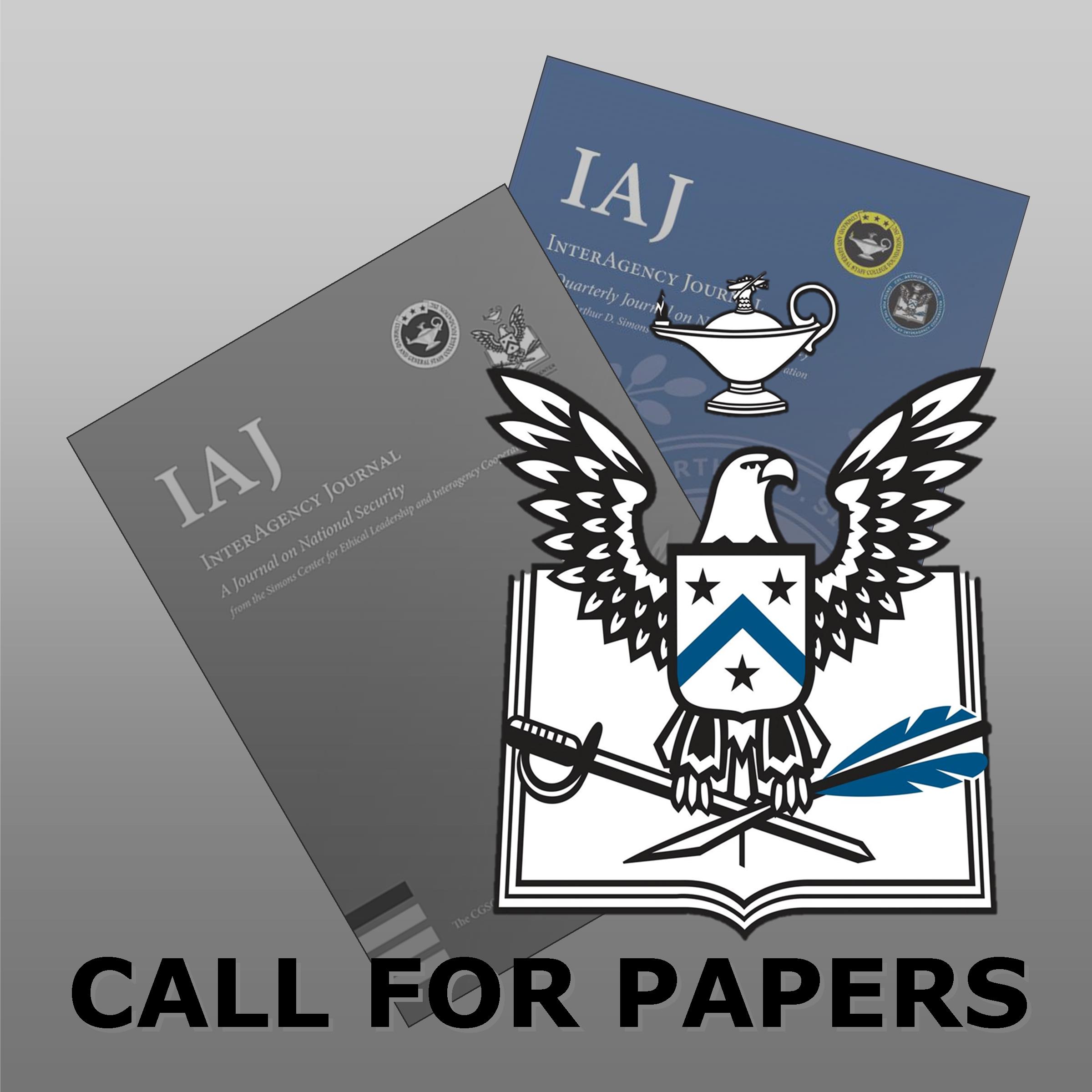Featured Article: Rethinking Civil Affairs
Featured article:
Interagency Qualifications to Address Fragility, or Rethinking Civil Affairs
by Kurt E. Müller
The defense sector has a long-standing appreciation of the value of whole-of-government approaches to national security challenges. The phrase “all elements of national power” resonates with Department of Defense (DoD) leadership and is a common feature of curricula and outreach seminars at senior service colleges. Although the original rationale for attention to diplomatic, financial, and industrial capacity was undoubtedly to address the existential challenges of twentieth-century, industrial warfare, the frequency of low-intensity campaigns and the emergence of peacekeeping and peacebuilding operations expanded the discourse in senior professional military education to include economic and social development, effective governance, and the inclusion of the private sector to supersede aid with trade. The post-Cold War experience of military deployments emphasized the broad range of societal factors holding the key to stable interstate relations and to terminating intrastate conflicts that threatened to spill across borders, giving rise to the term “complex contingency operations” and its variants. Inequities based in clan, tribal, linguistic, or other cultural dimensions required political development as much as military intervention, giving rise to the welcome—but still incomplete—partnership among diplomacy, defense, and development.
This interrelationship was still murky in the 1992 humanitarian intervention in Somalia that morphed into an under-resourced combat operation. The subsequent analysis yielded Presidential Decision Directive (PDD) 25 on reforming multilateral peace operations. Its accompanying policy guidance noted interrelated “military, political, humanitarian, and developmental elements” and laid the basis for PDD 56, “Managing Complex Contingency Operations.” In assessing a situation, developing policy guidance, sharing planning, and monitoring events, PDD 56 established six mechanisms to establish and conduct (1) an executive committee, (2) a political-military plan, (3) an interagency rehearsal of the plan, (4) interagency training, (5) agency review, and (6) an afteraction review.
But this approach to complex operations did not become institutionalized in campaign planning.
Read the full article
Interagency Qualifications to Address Fragility, or Rethinking Civil Affairs PDF
Download the complete edition
IAJ 7-1 (Spring 2016) PDF
IAJ 7-1 (Spring 2016) ePub
Kurt E. Müller, Ph.D., is a Senior Research Fellow with the Center for Complex Operations at National Defense University. He was formerly a Lead Foreign Affairs Officer, Civilian Response Corps (Active) in the Office of the Coordinator for Reconstruction and Stabilization, U.S. Department of State.

READ THE LATEST UPDATES FROM THE SIMONS CENTER
"*" indicates required fields


